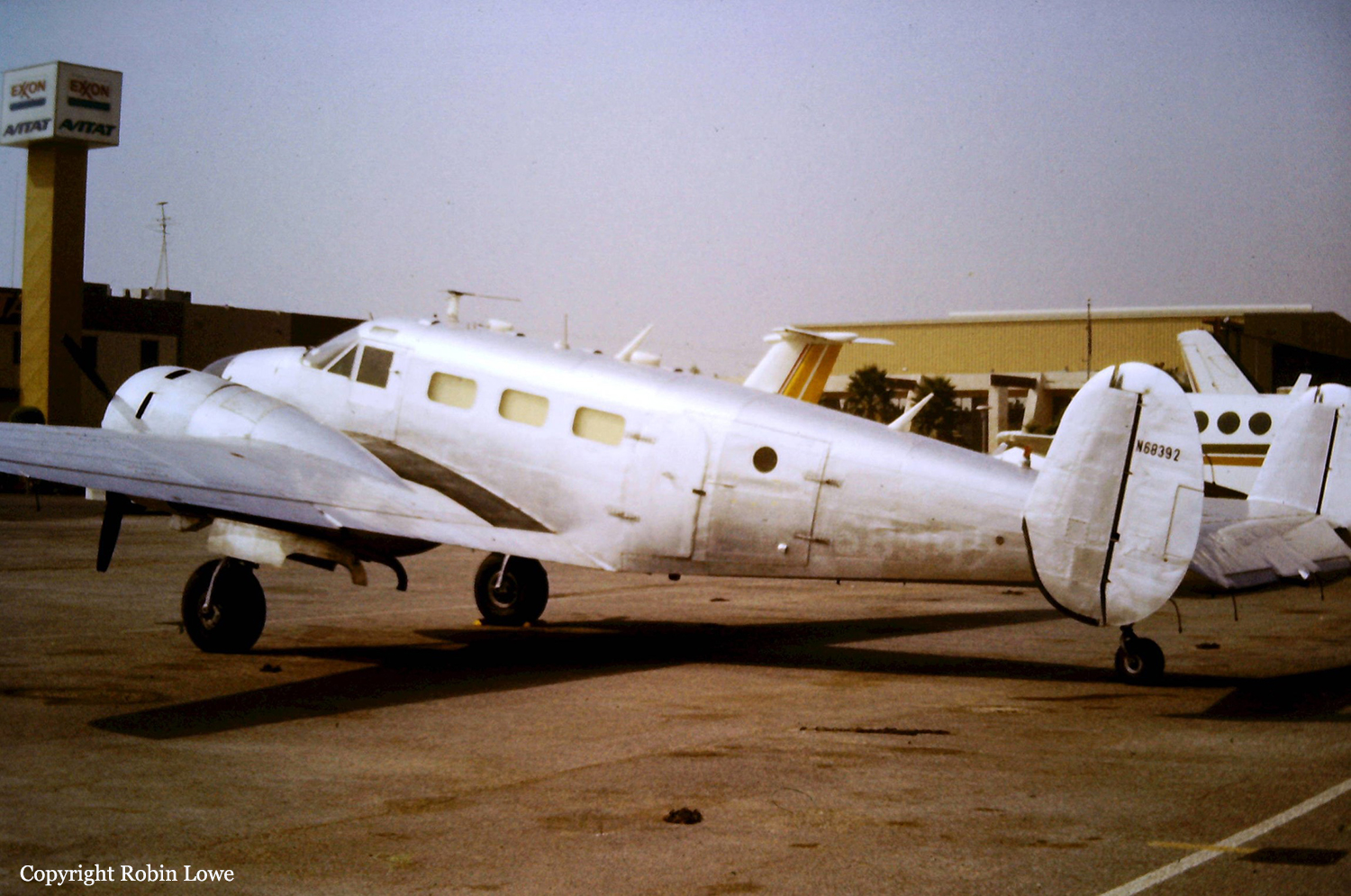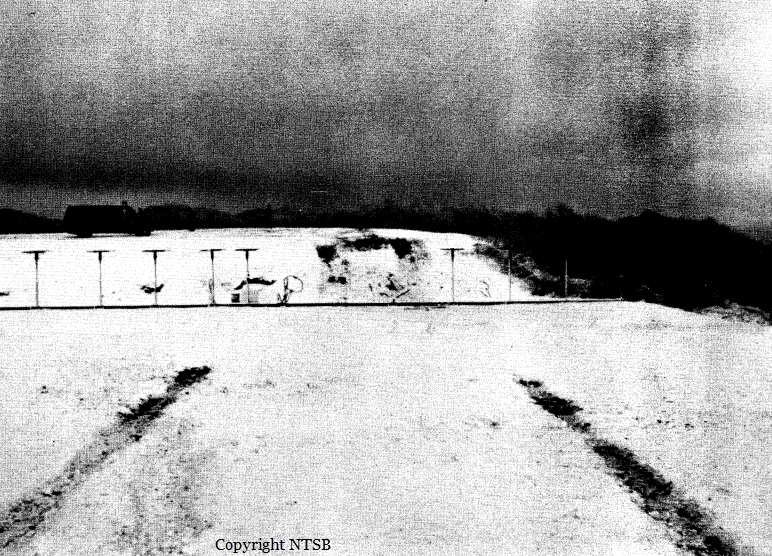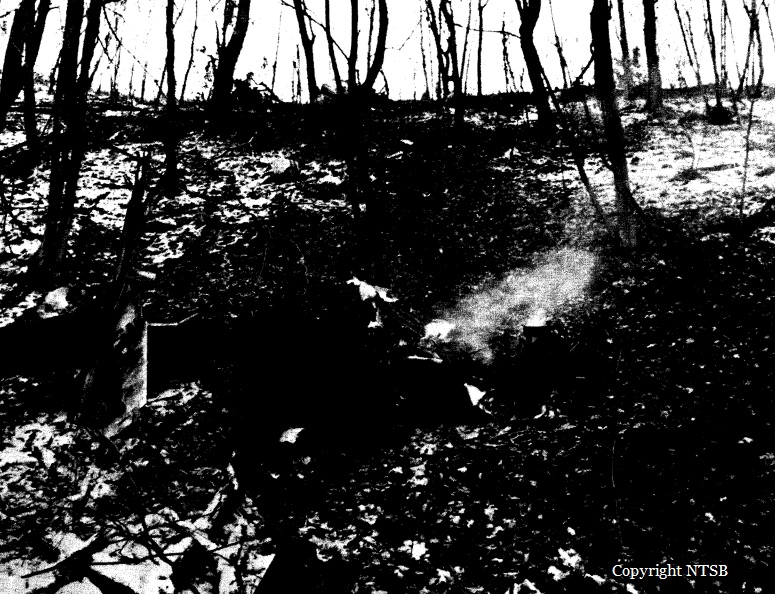Crash of a Beechcraft C-45H Expeditor in Bermudian Valley Airpark
Date & Time:
Feb 2, 1981 at 0859 LT
Registration:
N45437
Survivors:
Yes
Schedule:
Hagerstown - Harrisburg
MSN:
AF-452
YOM:
1953
Crew on board:
2
Crew fatalities:
Pax on board:
0
Pax fatalities:
Other fatalities:
Total fatalities:
0
Captain / Total hours on type:
4250.00
Circumstances:
En route from Hagerstown to Harrisburg, the crew reported engine problems and was cleared to divert to the nearest airport. He eventually decided to attempt an emergency landing in a field near Bermudian Valley Airpark, PA. Both occupants were injured and the aircraft was damaged beyond repair.
Probable cause:
Engine failure in normal cruise due to improper maintenance on part of the maintenance personnel. The following contributing factors were reported:
- Carburetor deicing system,
- Ice carburetor,
- The pilot-in-command failed to follow approved procedures,
- Improper emergency procedures,
- Failure to provide adequate directives, manual, equipment,
- Intentional wheels-up landing,
- Conditions conducive to carburetor/induction system icing,
- Partial loss of power on one engine,
- Bolts vice taper pins installed in right carburetor air system,
- Improper flight manual,
- Full power not applied.
- Carburetor deicing system,
- Ice carburetor,
- The pilot-in-command failed to follow approved procedures,
- Improper emergency procedures,
- Failure to provide adequate directives, manual, equipment,
- Intentional wheels-up landing,
- Conditions conducive to carburetor/induction system icing,
- Partial loss of power on one engine,
- Bolts vice taper pins installed in right carburetor air system,
- Improper flight manual,
- Full power not applied.
Final Report:








